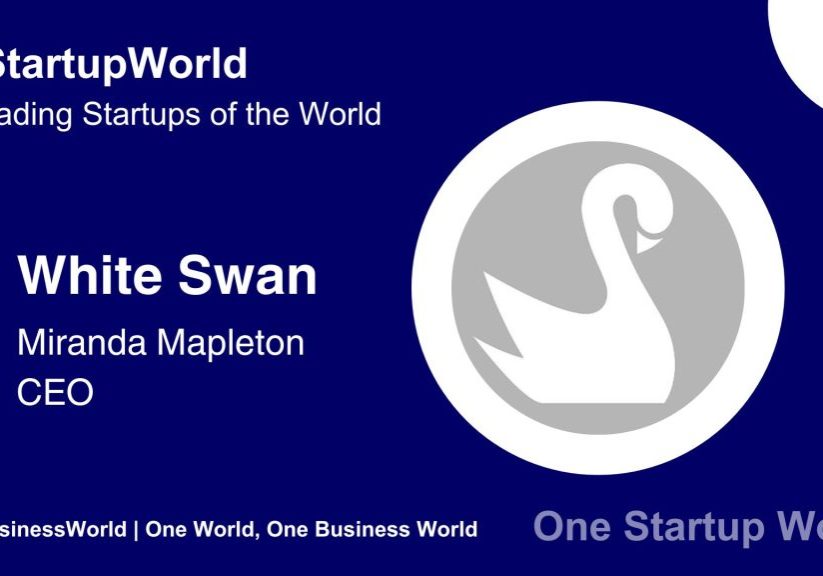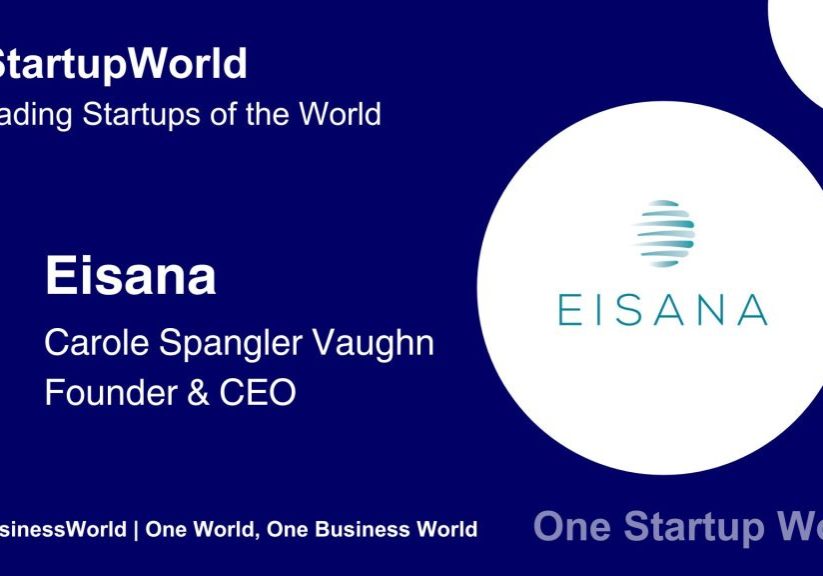
Image A customer in a shop in Palm Beach Gardens, Fla.Credit…Rebecca Blackwell/Associated PressPrices were rising fast, products were in short supply and the Omicron variant put a chill on the country at the start of the year. Through it all, American consumers kept spending.Retail sales rose 3.8 percent in January, the Commerce Department reported on Wednesday, a faster than expected rebound from a sharp decline during the end of the holiday season.It’s another sign of the economy’s resilience during the Omicron wave of the coronavirus, when businesses shortened store hours or closed amid widespread staffing shortages. Wednesday’s sales data follows a report that showed hiring was stronger than anticipated last month, with employers adding 467,000 jobs.But other factors are at play too, including that prices continue to rise fast. That could continue to inflate the sales figures for months to come, economists said.“The data is signaling ongoing strong demand for goods, although retail activity is also seeing a solid lift from high prices,” Rubeela Farooqi, chief U.S. economist at High Frequency Economics, wrote in a note following the data.Overall, though, the data is a “positive signal for household spending in January, even as Omicron effects persisted last month,” Ms. Farooqi wrote.Consumer spending accounts for the bulk of economic activity in the United States, and the report comes at a critical time for the economy as the Federal Reserve shifts its focus from supporting growth to battling inflation. The central bank is expected to raise interest rates as soon as next month, and rising borrowing costs could dampen spending by consumers and businesses.Other factors could also curb spending going forward. Notably, an expansion of the child tax credit — through which the government deposited as much as $300 per child into qualifying Americans’ bank accounts each month — ended at the start of the year.And some of January’s jump in sales had more to do with one-off factors like a restocking of shelves that had emptied out last year, said Beth Ann Bovino, chief U.S. economist at S&P Global. With more available to buy, spending increased.Another was that people use gift cards in January, after receiving them as Christmas presents. Sales of gift cards don’t show up in the data until they’re used, she said.“If they get it in Dec. 25, they probably take it out in January when they’re done with their festivities,” Ms. Bovino said, noting that shoppers may be more …












